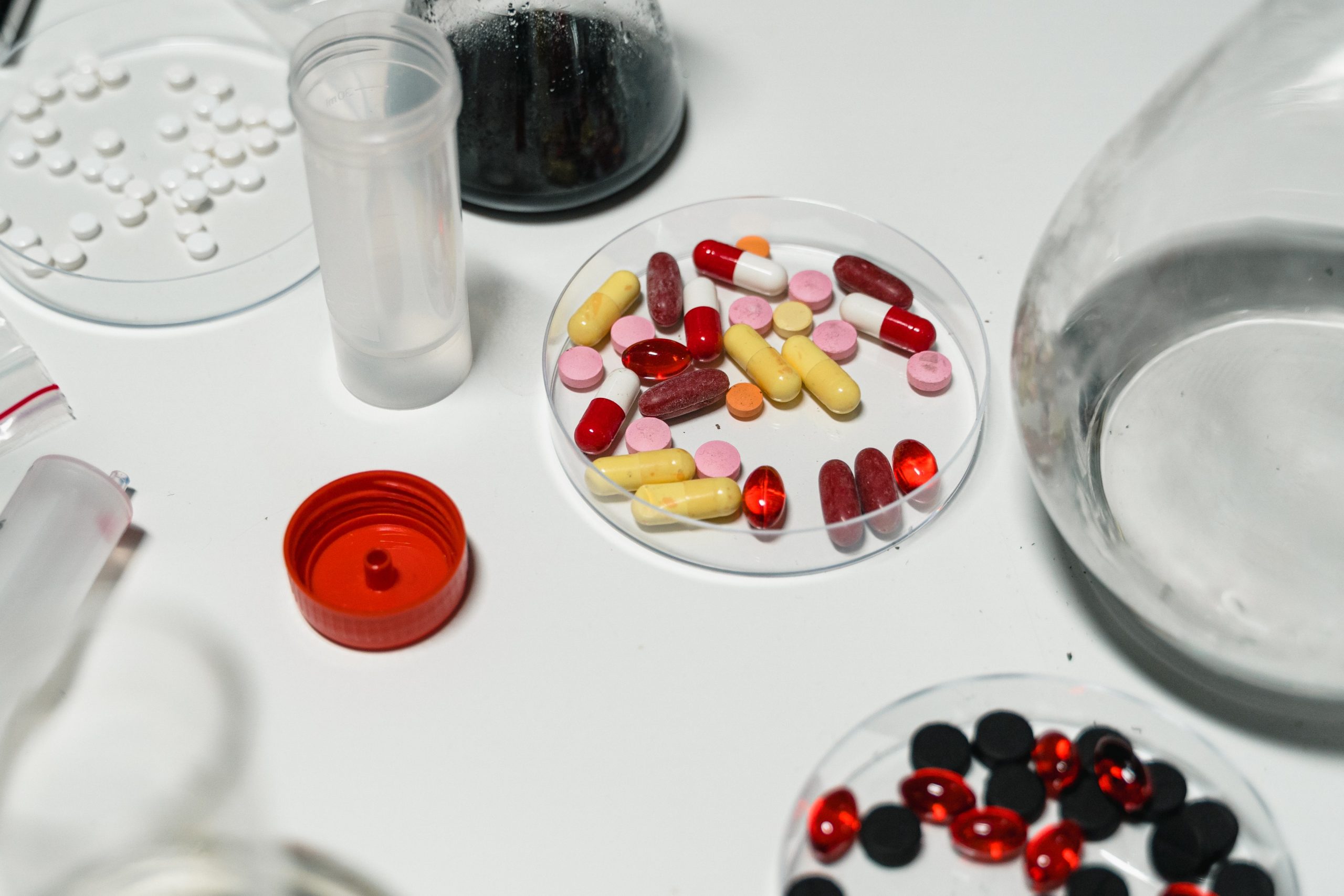In December 2019, in response to public outcry about the skyrocketing cost of insulin, major drug maker Eli Lilly announced a major price cut. The company said it would drop the cost of its fast-acting insulin Humalog by more than 70%, which amounts to a roughly $275 savings on a single vial. Eli Lilly’s move has been followed by other insulin makers, who have also slashed their prices in an effort to make life-saving drugs more affordable for patients. In this blog post, we’ll explore why these price cuts are so important, and how they can help people with diabetes gain access to the medication they need.
Who is Eli Lilly?
Eli Lilly is one of the world’s largest pharmaceutical companies. The company was founded in 1876 by Colonel Eli Lilly, a Civil War veteran and chemist. Lilly is headquartered in Indianapolis, Indiana, and employs more than 40,000 people worldwide.
Lilly is a research-based company that discovers, develops, manufactures, and markets prescription medicines for humans and animals. The company’s products are sold in approximately 125 countries. Lilly has more than 25 research and development centers around the world and invests about $5 billion annually in research and development.
Some of Lilly’s major products include insulin, antidepressant Prozac®, cancer drug Alimta®, erectile dysfunction medication Cialis®, attention deficit disorder treatment Strattera®, osteoporosis drug Forteo®, and schizophrenia medication Zyprexa®.
What is insulin?
Insulin is a hormone that helps the body to use and store glucose (sugar) from the foods we eat. It is essential for life, and people with diabetes need it to control their blood sugar levels.
There are two types of insulin: long-acting and short-acting. Long-acting insulin takes several hours to work and lasts for up to 24 hours. Short-acting insulin works more quickly, but its effects only last for a few hours.
People with diabetes may need one or both types of insulin, depending on their individual needs. Insulin is usually injected under the skin using a syringe or an insulin pen. It can also be given through an insulin pump, which delivers a continuous dose of insulin into the body through a small tube (catheter) that is inserted just under the skin.
How will the price cut help patients?
In an effort to help patients, major drug maker Eli Lilly has announced a price cut for its popular insulin products. The move comes as the company faces increasing pressure from lawmakers and patient advocates over the high cost of the life-saving medication.
Under the new pricing plan, the list price for a vial of Humalog, Lilly’s best-selling insulin product, will be reduced by 20 percent. The company also plans to cut prices on its other insulins by 10 percent.
The price cuts are a direct response to the growing uproar over the cost of insulin, which has tripled in recent years. Patients and lawmakers have accused drug makers of profiteering off of those who need the medication to survive.
Lilly’s price cuts are likely to put pressure on other insulin manufacturers to lower their prices as well. And it could help ease the financial burden on patients who are struggling to pay for their medication.
What other companies are doing to help patients with insulin costs?
In an effort to help patients with the high costs of insulin, major drug maker Eli Lilly is reducing prices by %. This follows a similar move by Novo Nordisk, another large insulin manufacturer, who also recently announced price reductions for their products. Sanofi, the third major insulin producer, has not yet announced any plans to lower prices.
The cost of insulin has been a major issue for patients and advocates in recent years, as the price of the life-saving medication has skyrocketed. This has led to patients rationing their insulin or skipping doses, which can be dangerous or even deadly.
The new price cuts from Eli Lilly and Novo Nordisk are a welcome relief for many patients, but it remains to be seen if they will be enough to make a significant dent in the high cost of insulin. Some experts have suggested that more needs to be done, such as capping out-of-pocket costs for patients or increasing competition in the market.
Conclusion
Eli Lilly’s decision to reduce insulin prices by 70% is an unprecedented move that has the potential to make life-saving insulin accessible and affordable for people around the world. This initiative shows a commitment from major drug makers like Eli Lilly to help those in need access important medications, highlighting the positive impacts of corporate social responsibility initiatives. It will be exciting to see how this initiative unfolds, and what other organizations might follow suit with similar measures.




